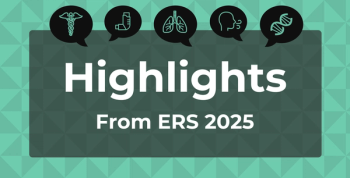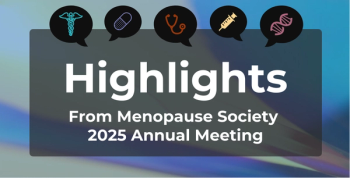
Sequencing of Lanreotide Can Improve Outcomes in Patients With Advanced GEP-NETs
A retrospective analysis of clinical charts across multiple institutions has found that transitioning patients with gastroenteropancreatic neuroendocrine tumors (GEP-NETs) to receive lanreotide after octreotide can be a potential therapeutic option.
A retrospective analysis of clinical charts across multiple institutions has found that transitioning patients with gastroenteropancreatic neuroendocrine tumors (GEP-NETs) to receive lanreotide (LAN) after octreotide (OCT) can be a potential therapeutic option.
The results were released during a poster session at the North American Neuroendocrine Tumor Society annual meeting, held October 4-6 in Seattle, Washington.
Researchers at the various institutions who participated in the study reviewed charts of adult patients with locally advanced GEP-NETs who received ≥90 days OCT monotherapy followed by ≥90 days LAN monotherapy. Patient demographic and clinical data, as well as treatment responses, treatment duration, reason for change of treatment, and clinical progression were gathered. The outcomes of interest were clinically defined progressive disease (CDPD) and clinical progression-free duration (CPFD); these were based on radiological imaging, symptom control, biomarkers, or clinical judgement.
Of the 91 patient charts that were reviewed, about 60% (n = 63) were female, and the average age at diagnosis was 57.7 years (standard deviation [SD], 10.9). A majority of patients had advanced disease when they first presented, either stage IV disease (71%) or liver metastases (71.4%), and most had functional disease at diagnosis (60.4%). Primary tumor sites were the small intestine (63.7%) or pancreas (14.3%).
The analysis helped researchers identify several reasons for the transition to LAN:
- CDPD (22%)
- Formulary change (15.4%)
- Patient preference (9.9%)
While 30.8% of OCT patients had CDPD when they started LAN treatment, the number reduced to 24.2% when patients were evaluated at a median follow-up of 59.5 months (interquartile range, 41.4-94.9). CPFD on LAN (n = 91) was 23.7 months (95% CI, 20.2-NE). For CDPD OCT patients (n = 28) and patients who had stable disease (n = 52), CPFD was 15.2 months (95% CI, 11.4-NE) and 24 months (95% CI, 24.7-NE), respectively.
Newsletter
Stay ahead of policy, cost, and value—subscribe to AJMC for expert insights at the intersection of clinical care and health economics.













































